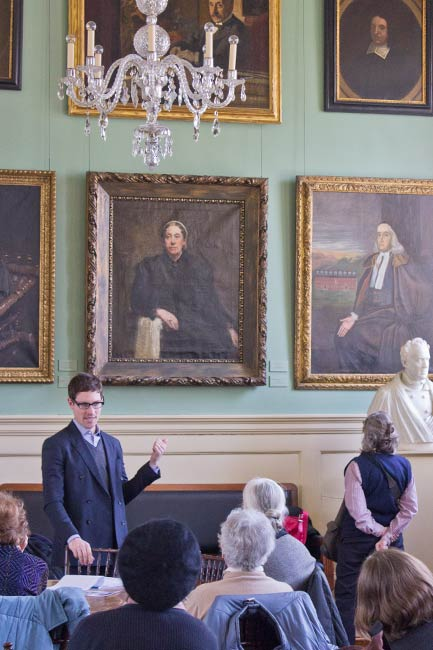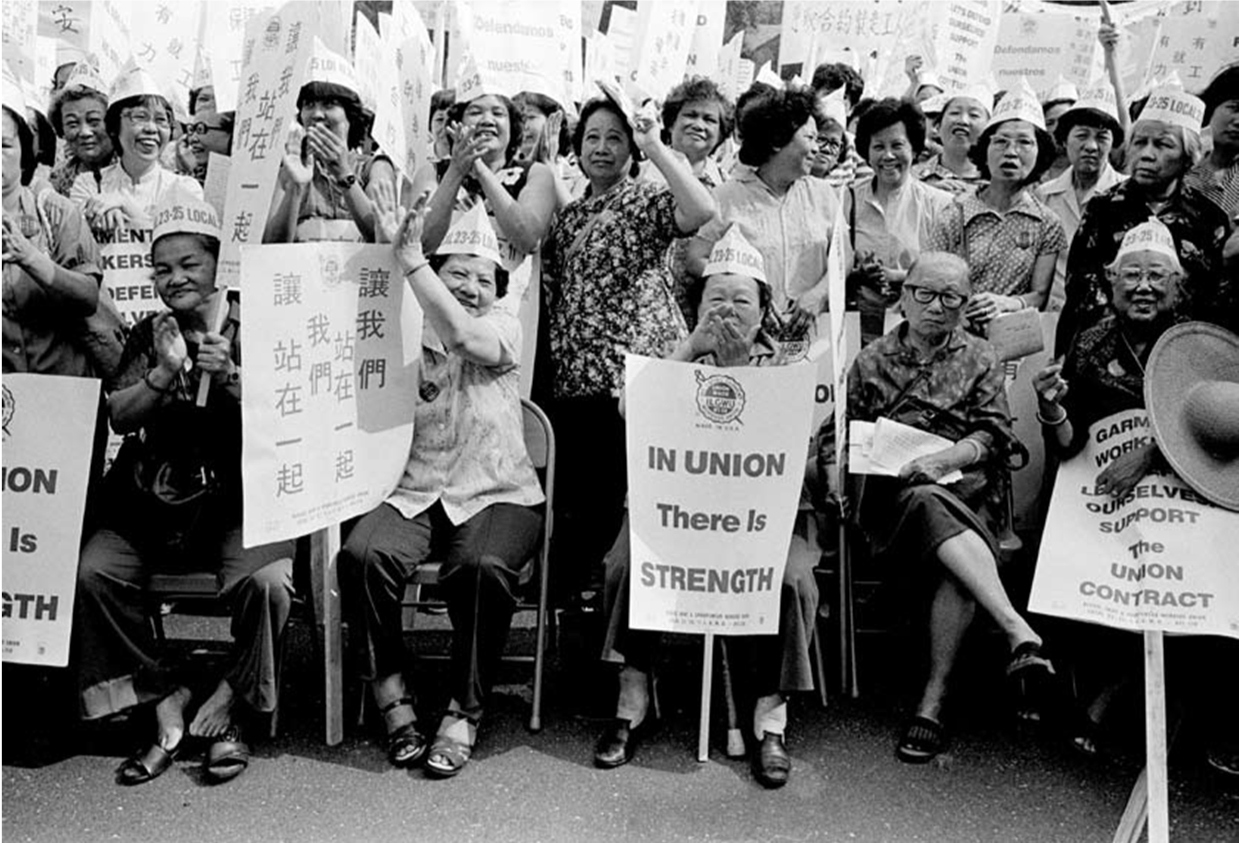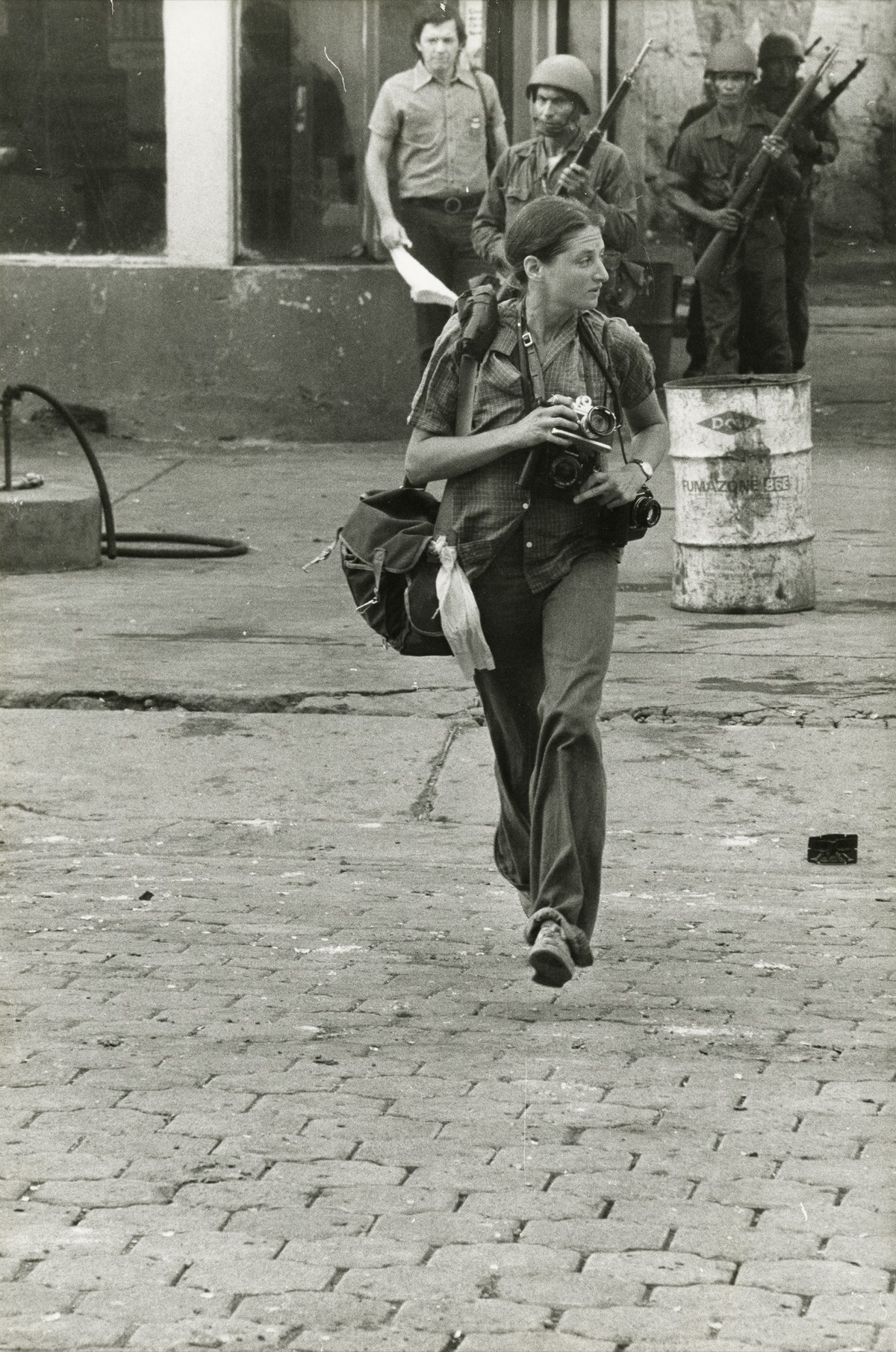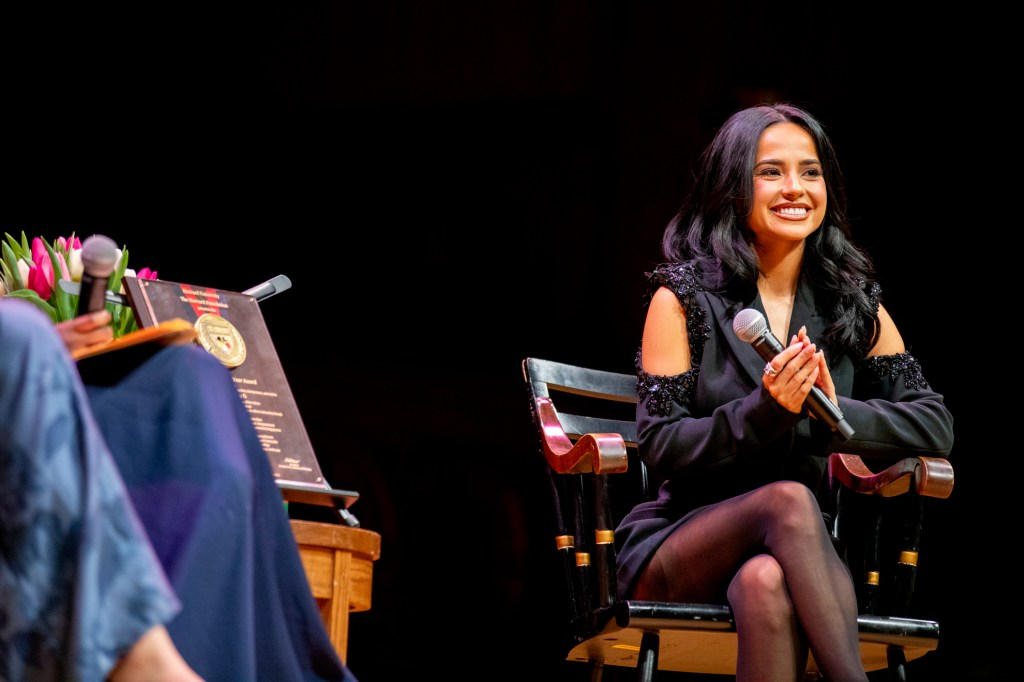The Harvard portrait exhibition stands as a beacon of artistic expression, highlighting the compelling narratives of individuals who have shaped history through courage and advocacy. This exhibition features the splendid works of Robert Shetterly, whose portraits encapsulate the essence of civil rights artists and women changemakers, igniting conversations about social justice. By merging art with activism, this initiative, supported by the Harvard Foundation, aims to elevate the voices of those often overlooked in mainstream history. Through powerful imagery and poignant storytelling, the exhibition invites attendees to reflect on the profound impact of these figures, who have inspired generations to seek change. As viewers engage with the portraits, they are encouraged to appreciate the deeper messages woven within, furthering the dialogue on empowerment and equity.
In a celebration of artistic tribute, the portrait showcase at Harvard illuminates the legacies of influential figures dedicated to fostering positive societal transformation. This exhibit, marked by its poignant portrayal of diverse changemakers, serves to amplify the contributions of individuals often sidelined in historical narratives. With Robert Shetterly’s evocative imagery at its heart, the display intertwines themes of art and activism, creating a dialogue around the importance of representation and intersectionality in civil rights movements. The initiative not only honors these trailblazers but also inspires future generations to engage in advocacy and social justice. Visitors leaving the exhibition carry with them the enriched understanding of how artistic expression can illuminate the paths forged by those who dare to challenge the status quo.
The Legacy of Robert Shetterly’s Portraits
Robert Shetterly’s portraits carry with them not just visual representations of individuals but also deep narratives of courage and resilience. Through his extensive collection, ‘Americans Who Tell the Truth,’ Shetterly presents a diverse array of iconic figures, each selected for their impactful contributions to society. His artistry transcends mere likeness; it seeks to illuminate the moral and ethical stances that these changemakers have taken across various arenas, including civil rights, social justice, and environmental advocacy. Every brushstroke reflects his understanding of their struggles, encouraging viewers to form a connection with the stories behind each face.
The impact of Shetterly’s work resonates particularly within educational settings, where discussions on justice, activism, and representation are crucial. At the recent Harvard portrait exhibition, his poignant depictions of contemporary heroes—alongside historical figures—serve to inspire new generations of activists. This legacy is built on the belief that art can challenge the status quo, provoke thought, and ignite change. As students and visitors engage with these artworks, they are reminded of the powerful role each individual can play in advocating for a more just society.
Highlighting Women Changemakers
The latest exhibition at Harvard prominently featured portraits of remarkable women who have made significant impacts in various fields, from civil rights to academia. This inclusion celebrates not only their achievements but also honors the collective struggle for gender equity. Figures like Pauli Murray and Rosa Rios are emblematic of the courage and leadership women embody, consistently challenging societal norms and advocating for justice. By focusing on these women changemakers, the exhibition reinforces the message that progress in social justice is intricately tied to gender equity and inclusivity.
Moreover, through these portraits, the artists aim to inspire viewers by showcasing the diversity of experiences and the intersectionality of identities present within the fight for equality. The narratives surrounding these women elucidate the complexities they faced and the resilience required to overcome systemic barriers. As the portraits invite deeper reflection, they underscore the notion that acknowledging and uplifting diverse voices contributes significantly to societal progress and the continual pursuit of justice.
Art as a Medium for Social Justice
Art has long served as a powerful medium for social justice, providing a platform for artists to express dissent and advocate for change. The portraits curated in exhibits like the one presented by Robert Shetterly resonate deeply with themes of activism and representation. Each artwork tells a story, embedding messages that challenge viewers to reconsider their perceptions and interactions with social justice issues. Through this lens, Shetterly’s pieces become more than mere art—they transform into tools of activism meant to provoke thought and inspire dialogue.
The intertwining of visual art and historical truth is vividly illustrated in the ‘Seeing Each Other’ exhibition, where the stories of civil rights artists meet the narratives of today’s social justice advocates. By showcasing figures like Sherrilyn Ifill and highlighting their contributions within the broader civil rights movement, the exhibition effectively connects past struggles with current challenges. Such artistic ventures reinforce the idea that social change is not just a relic of history, but an ongoing journey that necessitates active participation from all sectors of society.
The Harvard Foundation’s Role in Promoting Diversity
The Harvard Foundation for Intercultural and Race Relations plays a pivotal role in fostering diversity and advocating for equitable representation through art and culture on campus. By supporting initiatives like the Portraiture Project, the Foundation enables artists to bring underrepresented voices into the spotlight. This nurturing environment encourages discussions around culture, race, and identity, making the artistic contributions more impactful and relevant. The ongoing collaboration between the Foundation and artists amplifies the mission of inclusivity and representation inherent in the university’s values.
Through programs and exhibitions aimed at enriching the campus community’s understanding of social justice, the Harvard Foundation not only celebrates diverse artists like Robert Shetterly but also provides a vital forum for discourse on pressing issues. The Foundation’s commitment to showcasing a broad spectrum of human experiences ensures that marginalized voices are heard and honored, allowing art to act as a catalyst for dialogue and understanding among students and faculty alike.
Ceremony of Recognition for Civil Rights Artists
Exhibitions like the one held at Cabot House serve as crucial ceremonies of recognition for civil rights artists who have paved the way for social justice. Recognizing figures such as Pauli Murray and Sherrilyn Ifill not only pays tribute to their exceptional contributions but also inspires current and future generations to continue their fight. During the opening ceremony, reflections on their legacy resonated deeply within the audience, prompting discussions around the ongoing relevance of their work in today’s societal context. Such ceremonies provide the community with an opportunity to reflect on history while contemplating future efforts toward equality.
Equally important is the role of these celebrations in fostering a sense of belonging and solidarity among diverse groups within the Harvard community. By formally acknowledging the courage and contributions of these civil rights artists, the exhibition reaffirms the ongoing commitment to civil rights and social justice, which resonates across all levels of society. These moments not only honor the legacies of past leaders but also motivate today’s changemakers, reminding them that their voices matter and that collective action can lead to meaningful transformations.
Courage and Representation in Portraiture
The skillful portrayal of courage in Robert Shetterly’s artwork exemplifies the vital role representation plays in activism. Each portrait encapsulates not only the likeness of its subject but also the spirit of the challenges they faced. For viewers, engaging with these images invites them to reflect on their own understanding of courage and activism in the context of societal change. This representation becomes particularly powerful when coupled with personal quotes, allowing individuals like Sherrilyn Ifill to speak directly to their audience, reinforcing the weight of their experiences and struggles.
As the exhibition continues to engage visitors from the Harvard community, it challenges attendees to consider how art can embody the very essence of activism. The courage depicted in each portrait resonates with the ongoing struggles for civil rights and social equality, inspiring a deeper comprehension of the contemporary issues faced by many. By linking the visual narrative of these portraits with real-world advocacy, Shetterly’s work exemplifies how representation through art can lead to greater awareness and empathy within society.
Encouraging Dialogue Through Shared Stories
One of the hallmark aspects of the Harvard portrait exhibition is its emphasis on dialogue, inviting audiences to explore the shared stories of change and challenge that lie at the heart of each portrait. This platform effectively encourages discussions around civil rights, gender equity, and social justice, facilitating a greater understanding of the intersectionality that defines these movements. By engaging deeply with the stories of figures like Eileen Southern and Regina Jackson, attendees are prompted to reflect on the broader implications of these narratives within their own lives, fostering a connected community.
Moreover, such exhibitions create a space where nuanced conversations can flourish. By presenting the portraits alongside narratives of struggle and resilience, the exhibition encourages participants to share their interpretations and insights, enriching the overall experience. This shared storytelling fosters a sense of solidarity, urging individuals to recognize the collective responsibility each of us holds in advocating for justice and equity in our communities.
Portraying the Essence of Change
The essence of change is vividly portrayed through the artworks displayed at the Harvard exhibition. Each portrait captures a moment in time, representing the individuals who have bravely stepped forward to advocate for progress and justice in their respective fields. Through Robert Shetterly’s lens, viewers experience the transformative power of art in highlighting the stories of social change agents. These portrayals allow us to not only appreciate their accomplishments but also to understand the adversities they overcame, fostering a greater appreciation for the fight for social justice.
In addition, the exhibition encourages participants to reflect on the qualities that signify true changemakers—courage, resilience, and commitment to advocacy. As visitors engage with these artworks, they are invited to consider their own roles in promoting change, whether through art, activism, or everyday actions. The portraits thus serve as both historical reminders and motivational prompts for current and future generations to strive for justice, equality, and truth in their own communities.
Art and Activism: A Symbiotic Relationship
The relationship between art and activism is undeniably symbiotic, as evidenced by the narratives outlined in the current Harvard exhibition. This intersection enriches both domains, allowing artists like Robert Shetterly to channel their creativity into advocacy, while activists benefit from the compelling stories visual art can tell. Through such collaborations, artworks become not only representations of individuals but also powerful statements that inspire collective action and community engagement.
By exploring themes of social justice and representation, Shetterly’s portraits illustrate how art can mobilize individuals and foster a greater understanding of complex societal issues. Exhibitions like ‘Seeing Each Other’ highlight the importance of using art as a medium for social commentary, challenging viewers to confront uncomfortable truths and consider their own responsibilities in creating a just world. This mutual support between art and activism not only elevates the messages being conveyed but also amplifies the impact each can have on society.
Frequently Asked Questions
What is the Harvard portrait exhibition and its significance?
The Harvard portrait exhibition showcases artworks from the ‘Americans Who Tell the Truth’ series by Robert Shetterly and the Harvard Foundation Portraiture Project. This exhibition highlights significant figures, particularly women changemakers and civil rights artists, using portraiture as a storytelling medium to amplify their contributions to social justice and equity.
Who are some featured artists in the Harvard portrait exhibition?
The Harvard portrait exhibition features renowned artists such as Robert Shetterly, known for his ‘Americans Who Tell the Truth’ series, and Stephen Coit from the Harvard Foundation Portraiture Project. Both artists focus on creating impactful portraits that celebrate the lives and accomplishments of influential civil rights artists and changemakers.
How does the Harvard portrait exhibition address social justice issues?
The Harvard portrait exhibition addresses social justice by showcasing portraits of individuals who have courageously contributed to movements for change, including women changemakers and civil rights activists. Through these powerful images and the stories they tell, the exhibition promotes awareness and discussion around ongoing social justice issues.
What role do quotes play in the Harvard portrait exhibition by Robert Shetterly?
Quotes play an integral role in Robert Shetterly’s portraits featured in the Harvard exhibition. He incises meaningful statements from his subjects into the wood of the portraits, encouraging viewers to engage more deeply with the artwork and reflect on the significant messages behind the images.
How can I learn more about women changemakers highlighted in the Harvard portrait exhibition?
To learn more about women changemakers highlighted in the Harvard portrait exhibition, visitors can explore the profiles of featured individuals such as Rosa Rios, Pauli Murray, and Eileen Southern. The exhibition emphasizes their stories and contributions to history and social justice, emphasizing the role of women in advancing equity.
What events are associated with the Harvard portrait exhibition?
The Harvard portrait exhibition often includes associated events such as panel discussions, artist talks, and interactive sessions that allow attendees to engage with the themes of the exhibition. These events typically focus on the contributions of civil rights artists, social justice advocacy, and the importance of representation in art.
Where can I view the Harvard portrait exhibition?
The Harvard portrait exhibition is typically held at Cabot House and may be part of larger campus events such as Women’s Week. Check the Harvard Foundation and Office for the Arts websites for current schedules and details on upcoming exhibitions and events.
What impact has Robert Shetterly’s work had on the understanding of civil rights artists?
Robert Shetterly’s work, particularly through the Harvard portrait exhibition, has significantly impacted the understanding of civil rights artists by highlighting their stories and contributions visually. His portraits serve to honor their legacies and inspire dialogue about ongoing issues in social justice, fostering greater appreciation for their roles in history.
| Key Points |
|---|
| The Harvard portrait exhibition, featuring Robert Shetterly’s and Stephen Coit’s works, focuses on amplifying overlooked voices through portraiture. |
| The exhibition aims to ignite hope and promote change, celebrating courage and advocacy for social justice. |
| Prominent subjects include female changemakers and figures who have contributed to civil rights, such as Pauli Murray and Sherrilyn Ifill. |
| Shetterly’s portraits integrate quotes from the subjects, aiming to deepen viewer engagement and reflection on the subjects’ legacies. |
| The exhibition encourages dialogue on gender equity and representation, illustrating the significance of solidarity in social movements. |
Summary
The Harvard portrait exhibition showcases the powerful work of artist Robert Shetterly and the Harvard Foundation Portraiture Project, using the art of portraiture to elevate marginalized voices and inspire reflection on societal change. Through the compelling portraits of notable figures, particularly women changemakers, the exhibition emphasizes the importance of courage and advocacy in the pursuit of social justice. This platform not only honors the subjects’ legacies but also fosters meaningful conversations about representation, equity, and the shared responsibility of creating a more just society.



